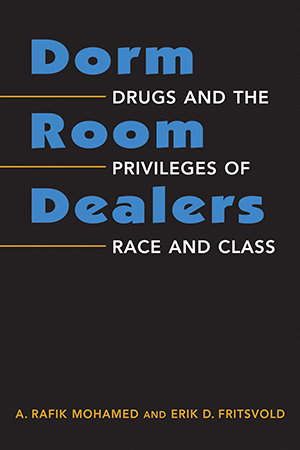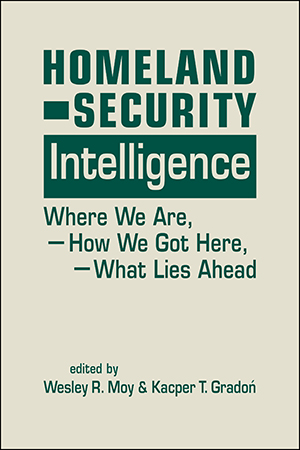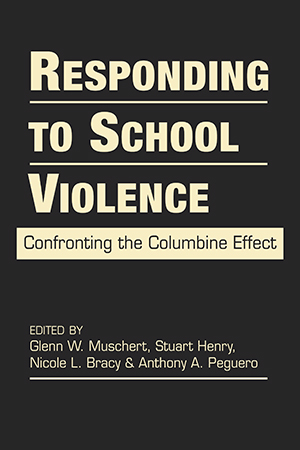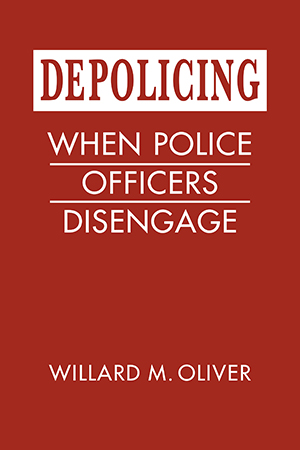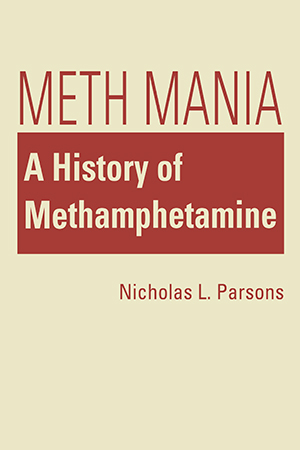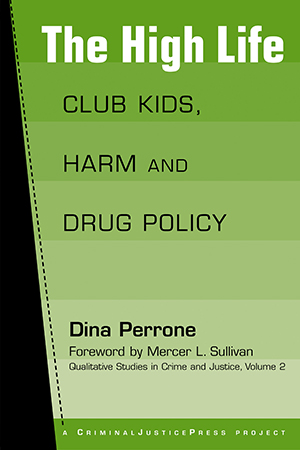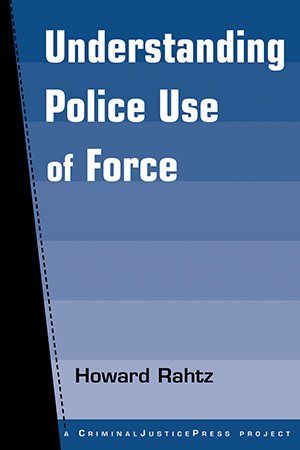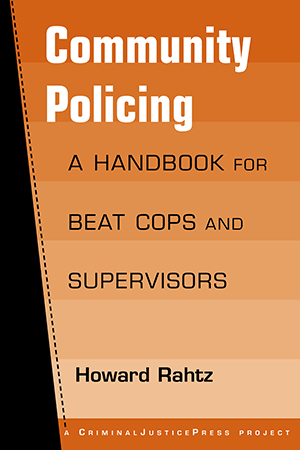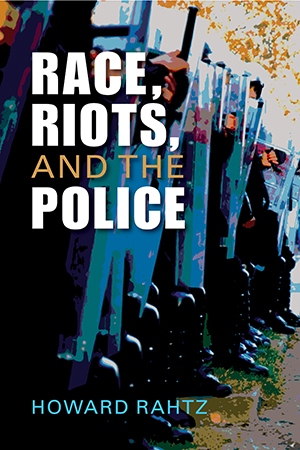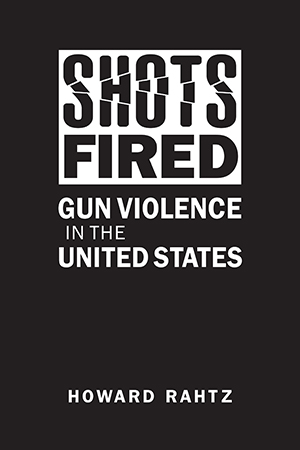Criminology and Criminal Justice
Why do affluent, upwardly mobile college students—who have everything to lose and little to gain—choose to sell drugs? Why do law enforcement officers largely overlook drug More >
What is the role of intelligence in the homeland security enterprise? How have its practice and function evolved since the creation of the Department of Homeland Security more than two More >
Why do so many school antiviolence programs backfire? And why do policymakers keep making the same mistakes? The authors of Responding to School Violence examine the pervasive rise of school More >
Depolicing—the withdrawal from proactive law enforcement by officers on the line—has become an increasing concern within both police departments and the communities that they More >
An anthology includes nine previously unpublished studies and reviews that evaluate the uses of closed-circuit television (CCTV) and improvements to street lighting to help prevent crime More >
Ice. Methedrine. Crank. Crystal. Whatever its guise, the social and political contexts of methamphetamine share a certain uniqueness. Nicholas Parsons chronicles the history and mythology of More >
Why do well-educated young professionals engage in frequent and intensive drug use at dance clubs? And how do they protect themselves from drug-related illnesses and involvement with the More >
How are guns used and viewed by criminals? Where do criminals obtain guns? And how do laws make firearms more or less accessible? Confronting these contentious questions, Guns, Violence, and More >
Rahtz provides an even-handed and comprehensive discussion of the use of force in law enforcement. More >
This practical and clearly written manual explains the advantages and the “how-to” of community policing. Topics include Community-Oriented Policing (COP) vs. traditional police More >
Reflected almost daily in headlines, the enormous rift between the police and the communities they serve—especially African American communities—remains one of the major More >
Mass killings. Gang violence. Street crimes. Suicides. Accidental shootings. The United States is enduring a literal epidemic of gun violence. Howard Rahtz, drawing on decades of experience More >
Prevention of crime on college campuses—and at similar facilities such as hospitals and museums— can be greatly improved by the use of new high-definition crime mapping More >
A multipronged policing strategy to reduce drug trafficking in local communities is proposed in this new book by three Temple University researchers. The proposed strategy has been developed More >


